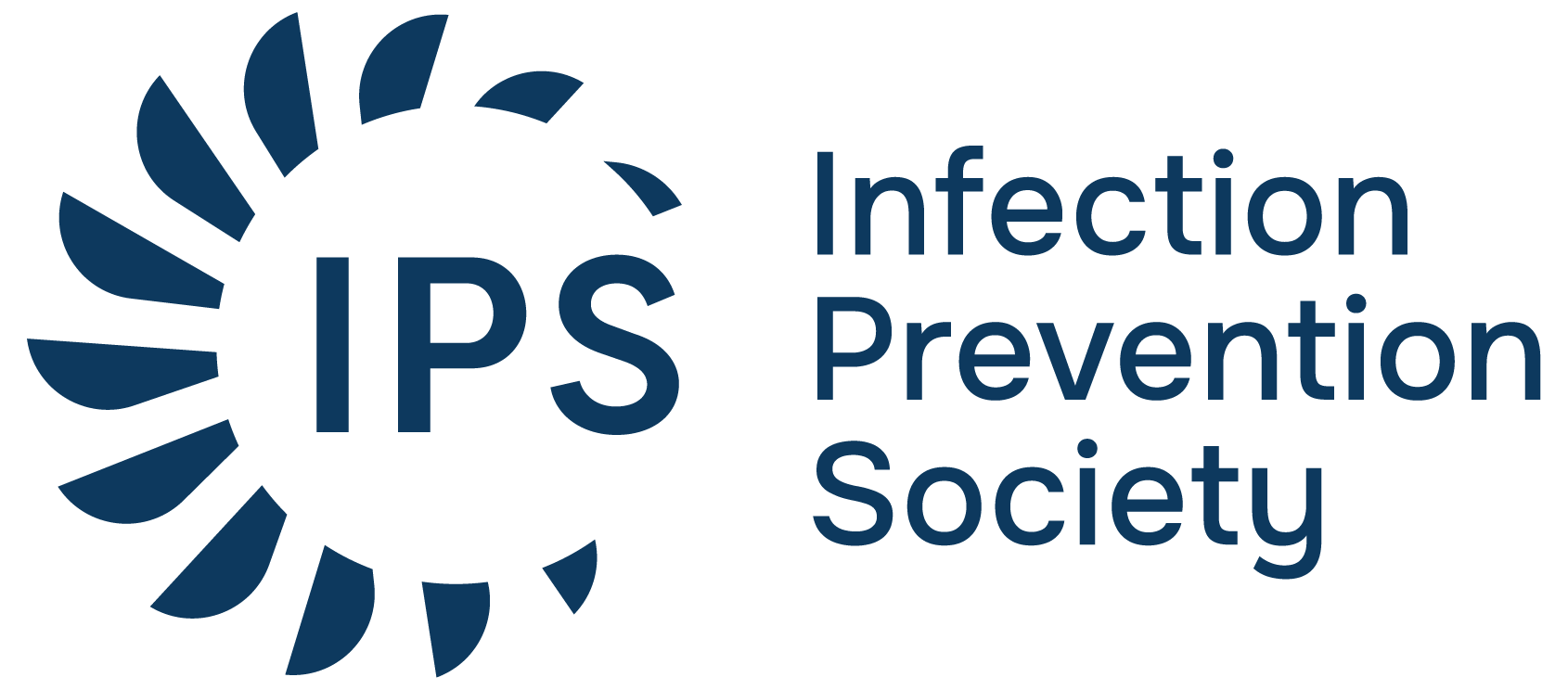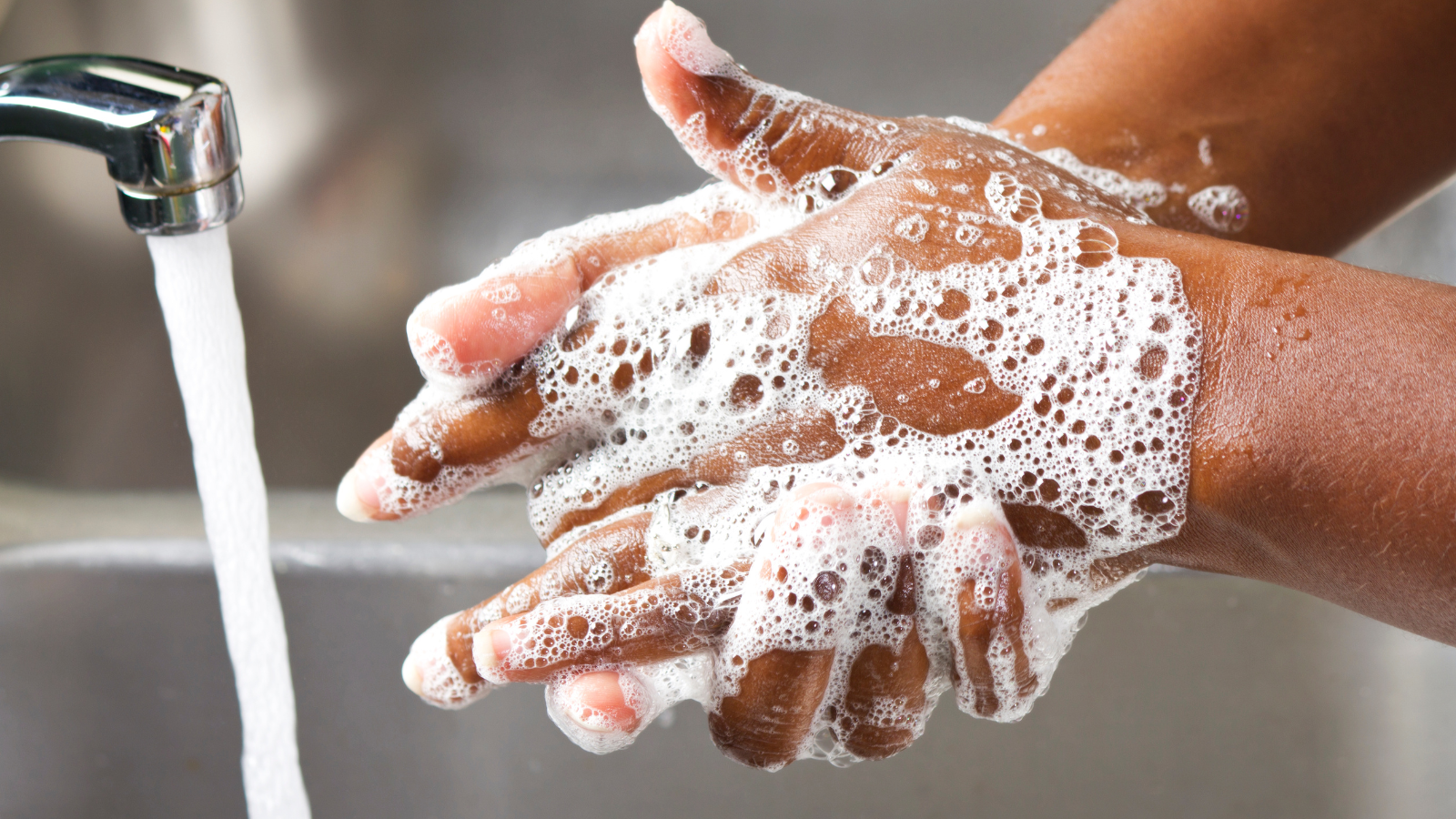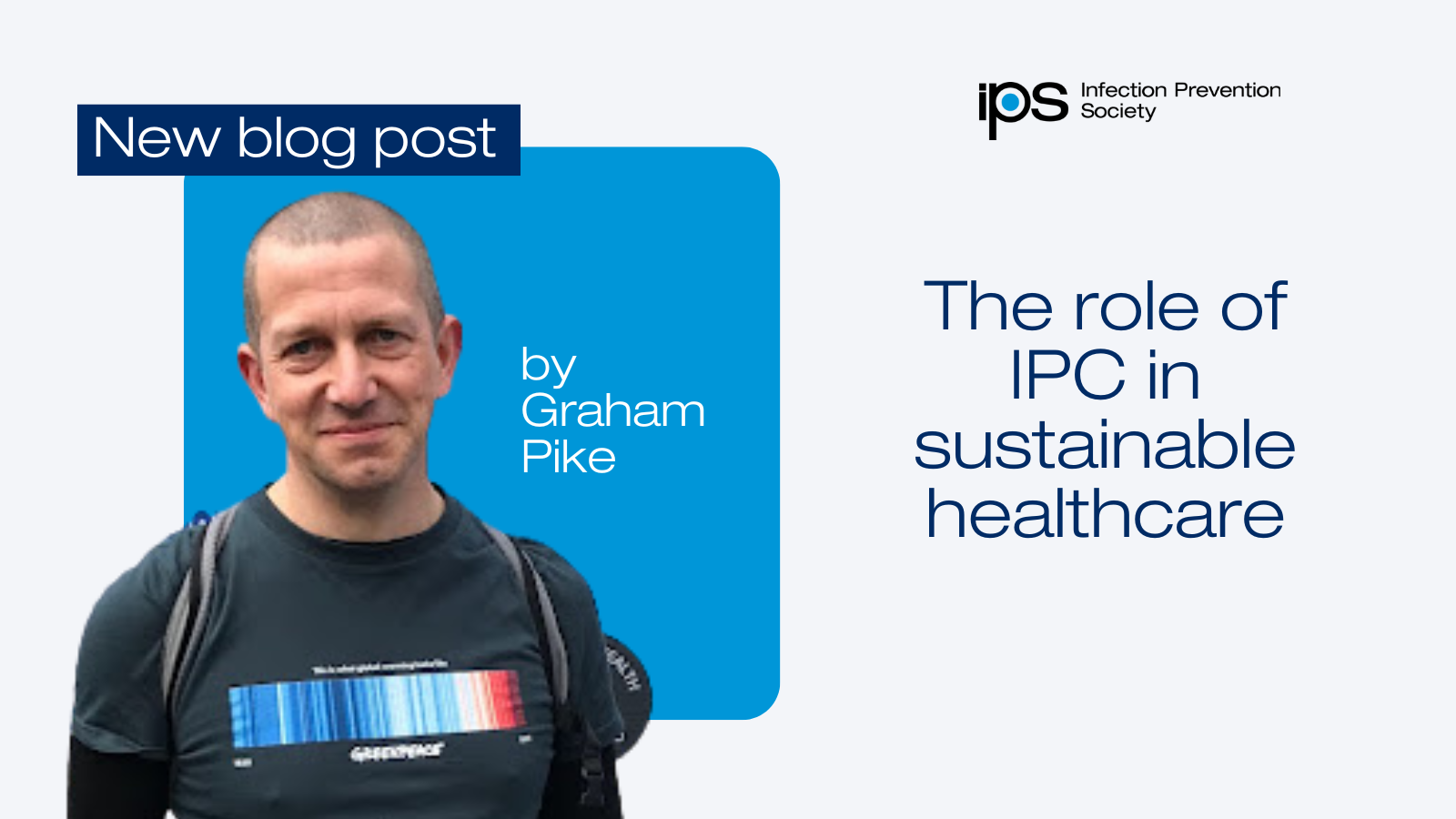We’re continuing to highlight exceptional work from the presentations at IP2024 Birmingham. Here are some more of the remarkable contributions presented during the poster talks.
A SIGHT C. Difficile Campaign 16 years on – A reduction of cases in Specialty and Integrated Medicine at Leeds Teaching Hospitals NHS Trust using a whole-team approach. Fiona Simons (Lead Nurse for Clinical Quality) and Vee Lebrunn (Senior Clinical Educator) at Leeds Teaching Hospital NHS trust– Winners of the IPS Gold Award for Excellence.
Following a 44.7% rise in Clostridioides difficile infection (CDI) cases in 2022/23, and a similar picture emerging in early 2023/24, Specialty and Integrated Medicine embarked upon a 10-week multidisciplinary campaign to support the reduction of CDI.
The campaign utilised the COM-B behaviour change model and was tailored specifically to the current knowledge and experience of staff identified through an initial multidisciplinary focus group. Interventions were planned and structured around the mnemonic SIGHT with a campaign strapline ‘Keep your eyes on best practice, Spread the message, not the spores!’.
Over 80 link workers across 15 wards received education about CDI prevention supported by a new Patient Safety Padlet. Key messages were shared at safety huddles via a ‘Message of the Week’ tool. Feedback on IPC practices were given by the IPC Link Workers, and Lead Nurse/Matrons during their weekly assurance visits.
Following the campaign, SIM saw a 54% reduction in C. diff cases in Q3 and Q4 of 2022/23 compared with Q1 and Q2. These reductions have been maintained evidenced by the number of cases in this financial year. The campaign resources could easily be adapted for other NHS Trusts as a toolkit of interventions and have been shared with UKSHA.
Behavioural and environmental factors influencing the contamination and spread of microorganisms from handwashing sinks in hospital settings: A scoping review. Ntani SuhNsutebu (Researcher PHD Student, Glasgow Caledonian University)
We carried out a scoping review on behavioural and environmental factors influencing the contamination and transmission of microorganisms from handwashing sinks (HWS) in hospital settings.
Seven databases were searched, and 88 relevant studies were identified, of which 55 (62.5%) were before-after studies. The following sub-themes were identified.
- Activities at HWS: Discarding waste into drains (n=19), patient care activities within splash zones (n=18), storage of items in the HWS area (n=8), cleaning and disinfection (n=42).
- Setup of HWS: sink and plumbing design (n=35), HWS numbers and location (n=11), technologies for disinfection and cleaning (n=12), replacement of HWS or plumbing fixtures (n=28), and decommissioning of HWS (n=10).
The incorrect use of HWS was common and discontinuing these activities reduced the risk of transmission of microorganisms. Replacement and disinfection of sink plumbing was common practice, however, HWS often became re-contaminated over time. Multiple interventions were frequently implemented including other general IPC measures (education, hand hygiene, contact precaution, and enhanced environmental cleaning).
There is a lack of high-quality evidence on factors that influence the contamination and transmission of microorganisms from HWS. Further research is needed on compliance with behavioural interventions and how this is impacted by the setup of HWS.
How do we assess how effective hand hygiene techniques are? Dr Catherine Harrison (PhD), Infection Prevention and Control (IPC) Healthcare Scientist – NHS England
A systematic review was conducted to evaluate the optimal hand hygiene technique (HH) in healthcare settings to inform evidence-based recommendations for the NIPCM. The review was conducted following the NIPCM methodology, searching Medline, Embase, and Cinahl databases from 2005 to 2023. Of the 12,316 results, 43 studies were eligible for inclusion with the primary outcome focusing on HH technique. The review identified heterogeneity in outcome measures and testing protocols between studies making it challenging to determine the most effective HH technique. Ultraviolet gel provided immediate feedback on HH techniques, highlighting missed areas in 19 studies. Bacterial contamination was evaluated in 14 studies using the fingertip or glove juice methods, showing the effectiveness of HH techniques, but not identifying missed areas for improvement. Nine studies were conducted by non-healthcare workers in laboratory settings, who may lack HH proficiency. Additionally, these methods only recover aerobic bacteria, neglecting anaerobic bacteria, and viruses. The required level of bacterial reduction to prevent HCAIs remains unclear and likely varies. Study quality varied significantly, often recording a single outcome neglecting factors such as duration, volume, hand size and hand dominance, all of which influence results. Therefore, a standardised method combining hand coverage and bacterial load reduction in a clinical setting is required.
Increasing compliance with glove usage in the ambulance service. Claire Fitzsimons- Senior IPC Practitioner- Northern Ireland Ambulance Service
The aim of the quality improvement project was to increase appropriate compliance with glove usage from 75% to 90% in the Northern Ireland Ambulance service. It was noted through clinical audits that there was an overuse of gloves. This presented a potential risk to staff and patients due to lack of appropriate hand hygiene.
There was significant staff engagement to try to establish the rationale surrounding why staff use gloves and when. Bespoke ambulance service posters were created, and a number of education sessions were delivered to frontline staff, managers and HALO staff who would then champion the correct gloves usage. This education needed to consider the specialised and unique nature of this pre-hospital environment and the associated risks.
Despite the audit results not showing a significant change, this could be attributed to a number of factors including the audits involving all PPE and not just gloves. When the number of staff using gloves was observed, there was a notable decrease in staff observed wearing gloves for all patient contact which was an improvement in practice enabling staff to perform Hand Hygiene appropriately.
Although the overall aim was not achieved this is an ongoing project with next steps to be completed.



